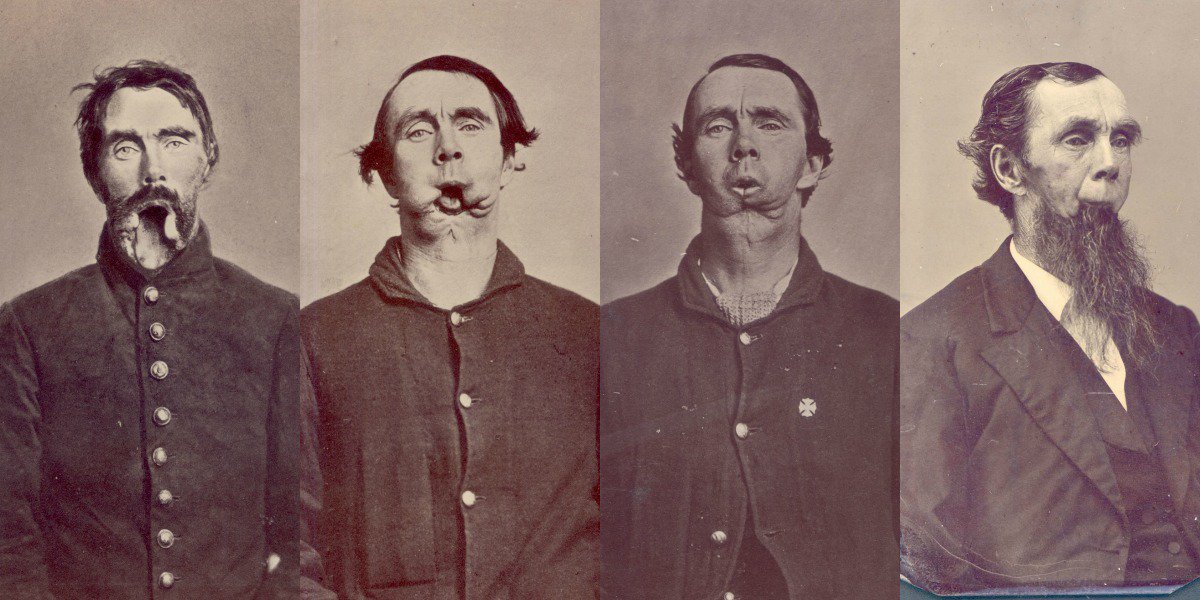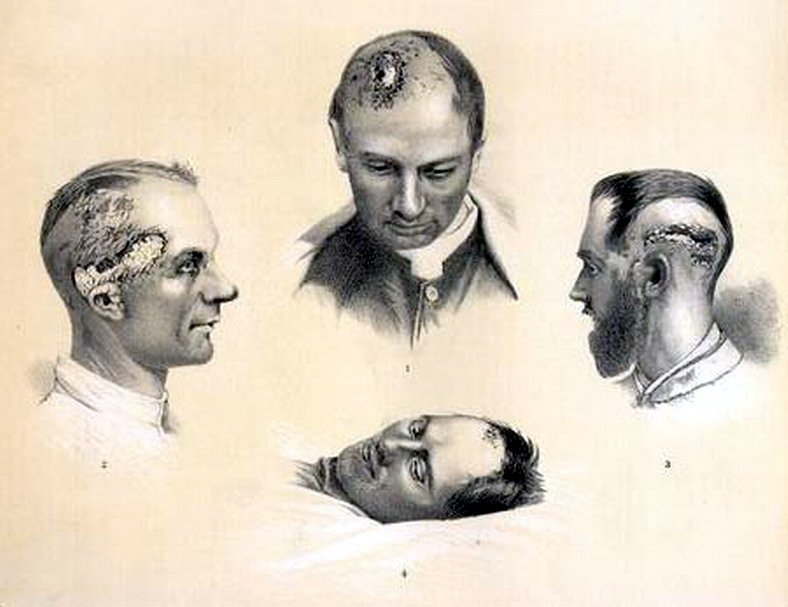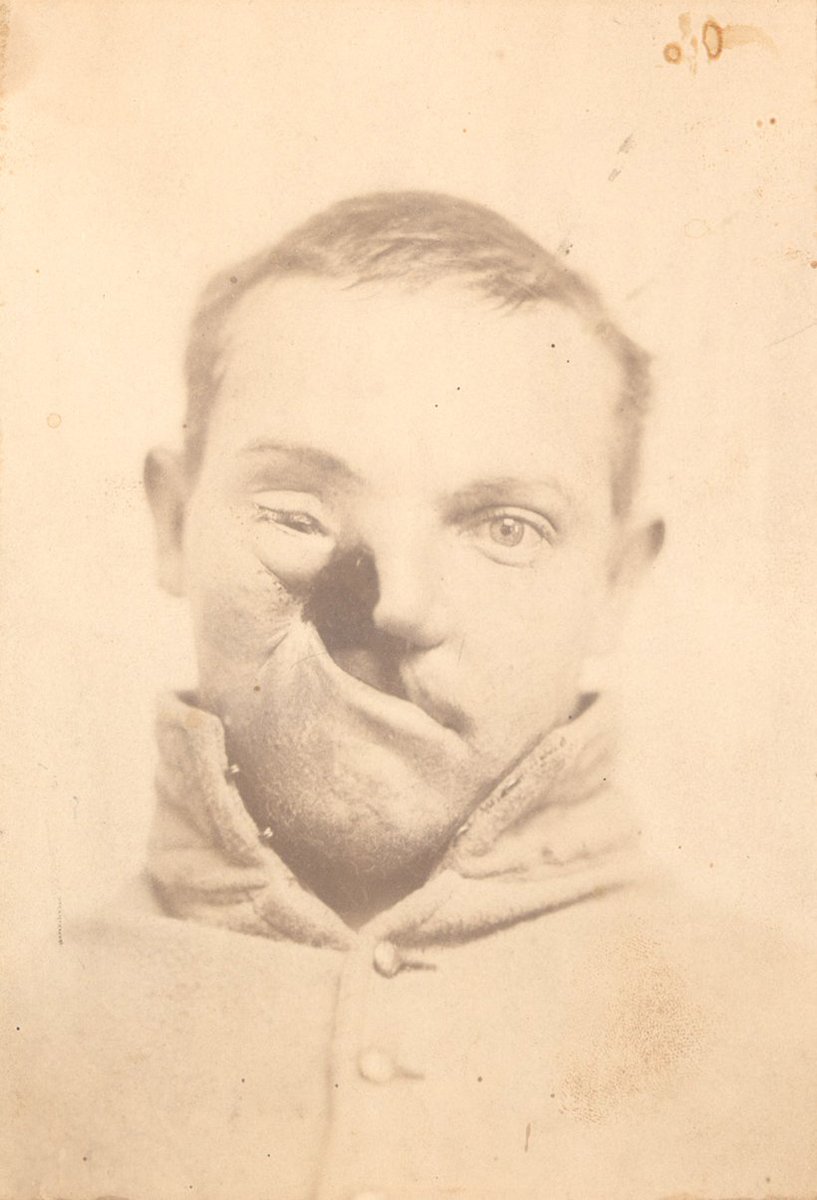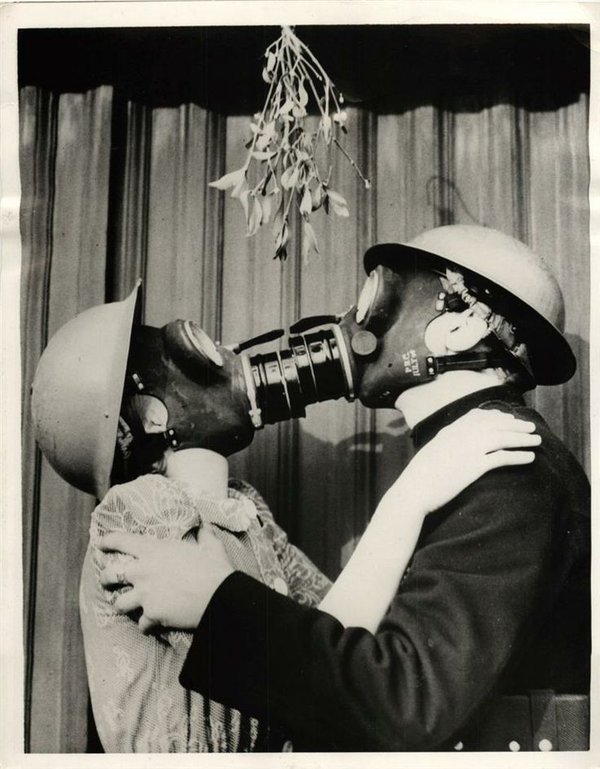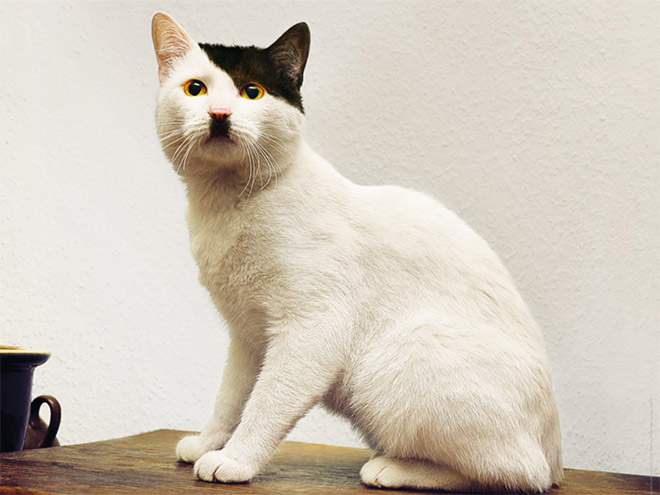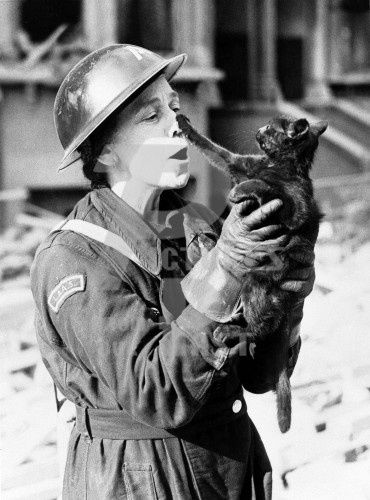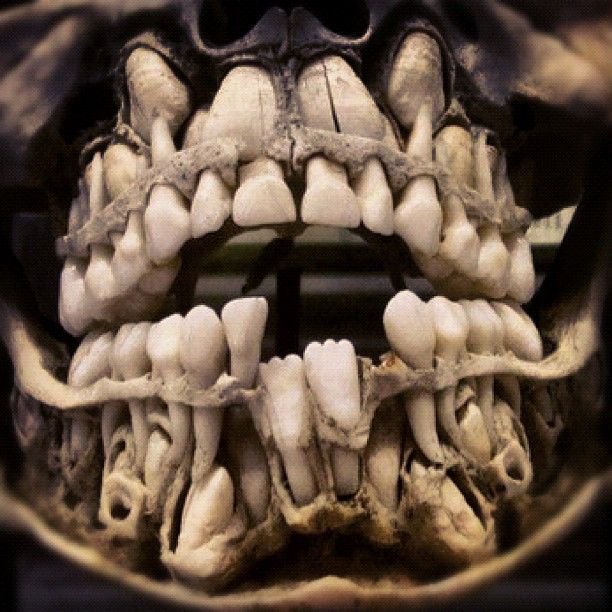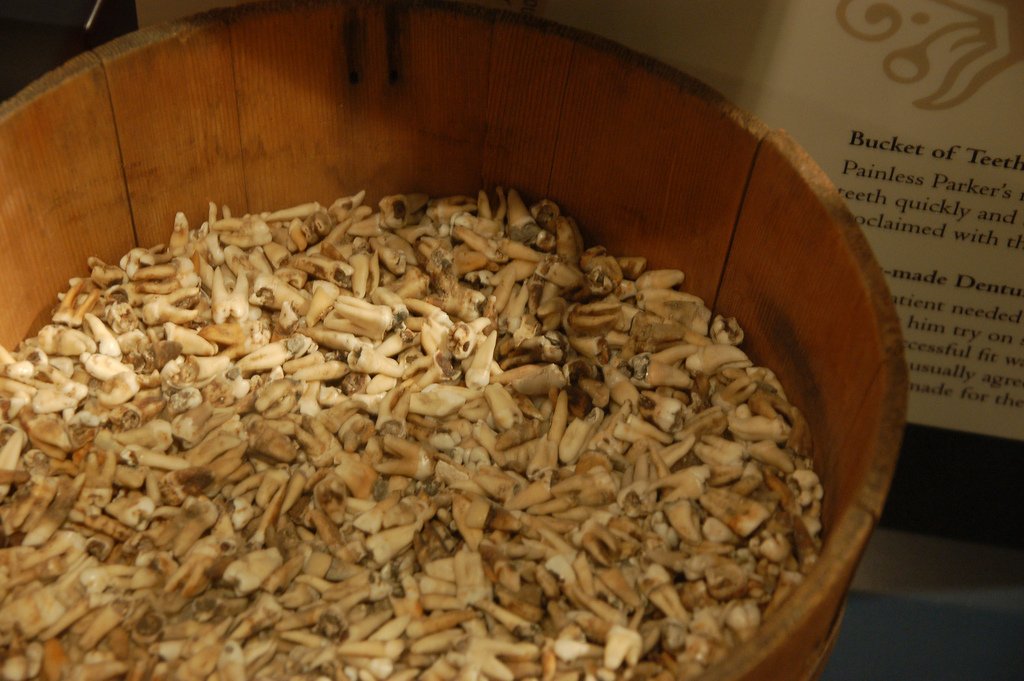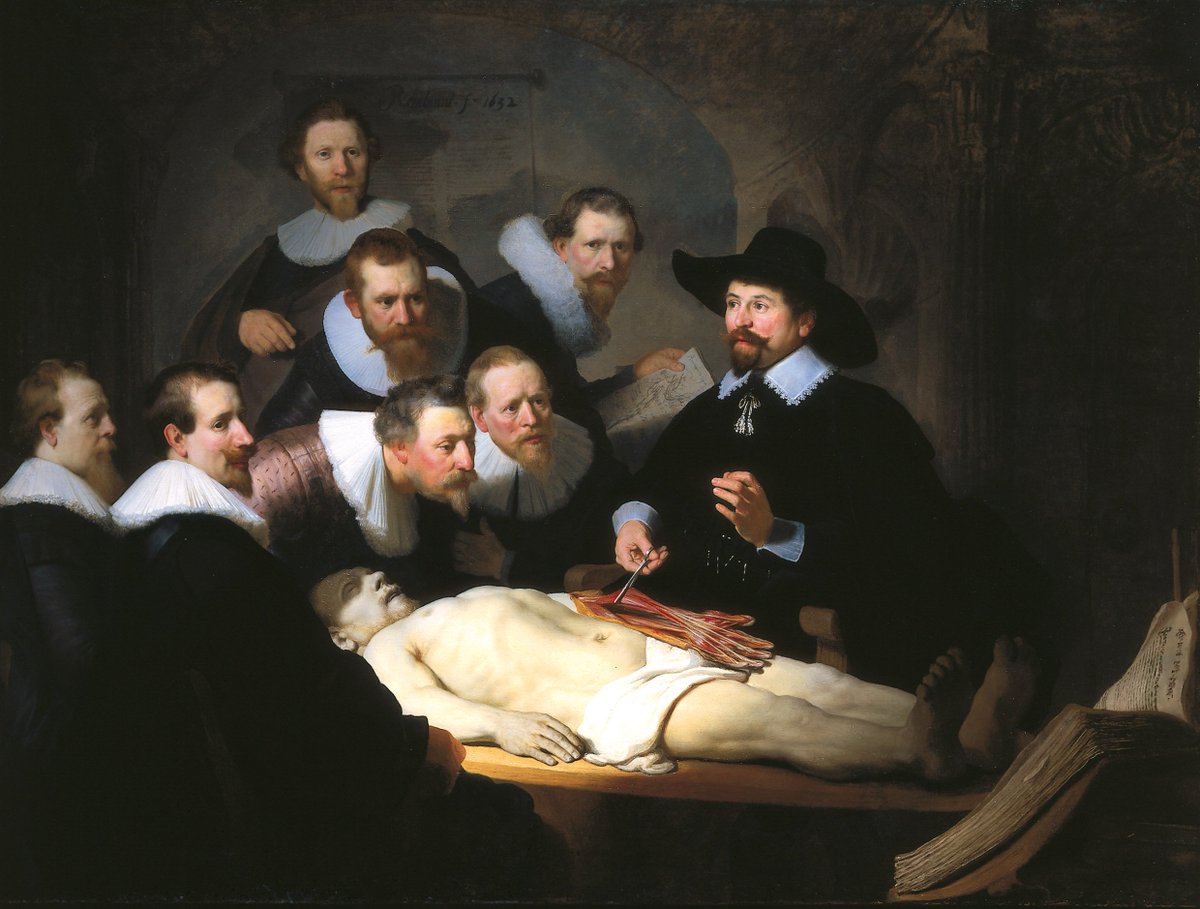
To kick off #NewYear2021, I'll be sharing 21 stories & images of Frontliners from history. From world wars to past pandemics, these are the unsung heroes who worked tirelessly to keep others safe during troubling times.
This thread is dedicated to all the #Frontliners of 2020.
This thread is dedicated to all the #Frontliners of 2020.

#1) During WWI, a stretcher-bearer’s job was not only dangerous, but strenuous. It could take 10 hours to travel 400 meters across the mud of a blasted battlefield. The most decorated rank-and-file British soldier during the conflict was Private W. H. Coltman: a stretcher-bearer. 



#2) Mary Jane Seacole was a British-Jamaican nurse who set up a "British Hotel" behind the lines during the Crimean War (1853-1856) for wounded soldiers. Seacole did not have formal qualifications, but relied on her skill and experience as a healer and a doctress from Jamaica. 


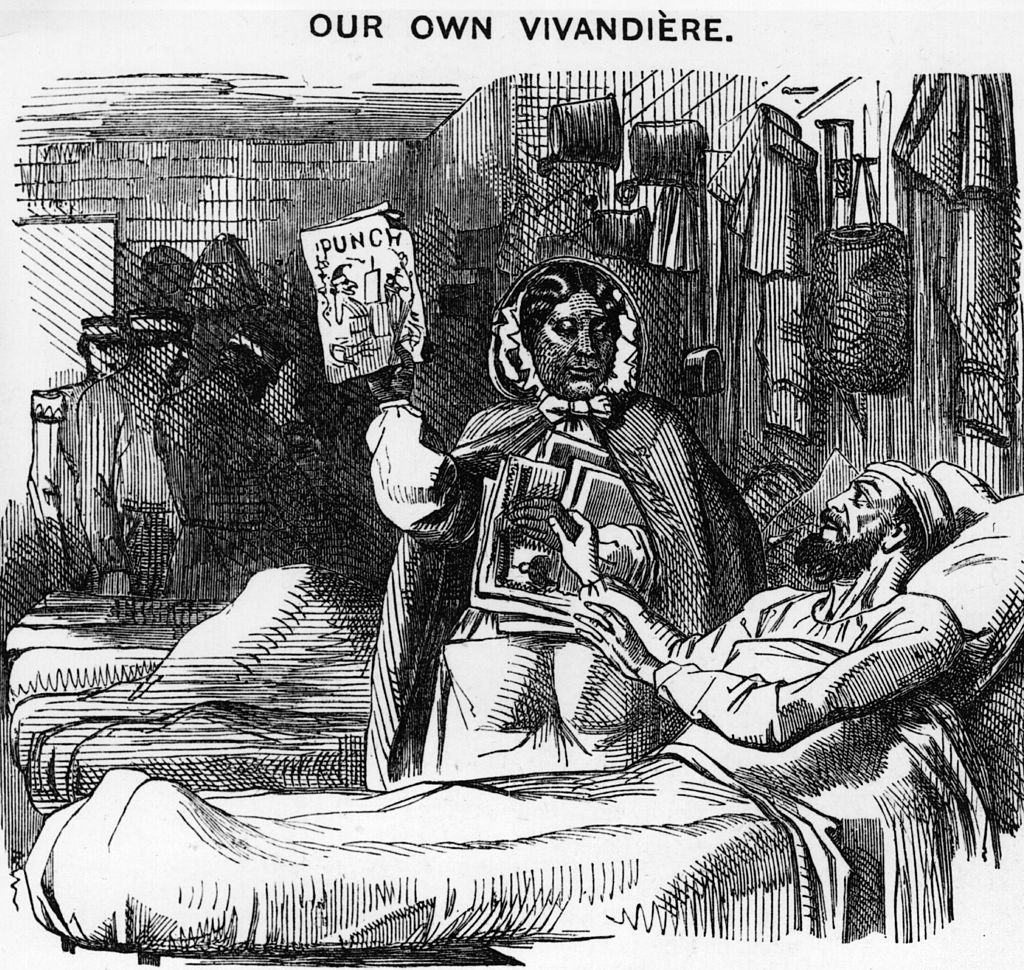
#3) George Rae was appointed Edinburgh's "plague doctor" in 1645 after the first doctor died. He was promised a huge sum of money as it was expected that he, too, would die before he could collect. Rae tended to the sick & survived. He spent 10 years trying to collect the fee. 

#4) Violet Jessop survived the RMS Olympic after it crashed in 1911; and she survived the sinking of RMS Titanic a year later. During WWI, she was a nurse on the hospital ship HMHS Britannic when it hit a naval mine. She helped patients evacuate before abandoning ship herself. 



#5) Mary Edwards Walker worked as a surgeon for the Union Army during the Civil War. She was captured by Confederates after crossing enemy lines to treat wounded civilians & arrested as a spy. She's the only woman to ever receive the Medal of Honor - pictured here, wearing it. 

#6) Charles Valadier was a dentist who retrofitted his Rolls Royce with a dental chair & equipment; and drove it to the Front under a “rain of bullets” during WWI. He helped countless soldiers who had been shot in the face. This is his car, which sold in 2013 for £718,000. 

#7) In 1796, Edward Jenner created the first vaccine against smallpox, one of the most contagious & deadly diseases known to man. He had a hut built in his garden ("The Temple of Vaccinia") and vaccinated the poor, free of charge.
In 1980, smallpox was finally eradicated.


In 1980, smallpox was finally eradicated.



#8) Shuntaro Hida was a Japanese physician who treated Hiroshima survivors in 1945. He had been stationed at a hospital in the city, but was treating a sick child in a nearby village when the bomb dropped. He cared for victims well into his 90s & died at the age of 100 in 2017. 





#9) During WWI, Marie Curie created a vehicle that contained a hospital bed, a generator, an X-ray machine & photographic darkroom equipment. These “petite Curies" (below) could be driven right up to the Front. Curie also helped train 150 women as radiology technicians. 



#10) The crew of the Mackay Bennett - a ship chartered to collect bodies shortly after the Titanic sunk. The crew recovered over 300 bodies, one of whom was a child later identified as 19-month-old Sidney Leslie Goodwin. The crew provided closure to countless grieving families. 



#11) In 1863, Alexander T. Augusta became the first African-American commissioned as a medical officer in the Union Army and was awarded the rank of major. He was eventually put in charge of his own hospital during the Civil War. He was 1 of 13 African American doctors to serve. 



I hope you're enjoying this thread on historical #Frontliners! I'm going to break off to celebrate a quiet #NYE with @TealCartoons, but I'll return tomorrow with the final 10 stories. Thanks to the Frontliners of 2020, many of whom will be working tonight to keep us safe. 

#12) American virologist Jonas Salk developed a polio vaccine in 1953 following the worst outbreak in the US history that left thousands of children unable to breathe without an iron lung (below). Salk did not patent the vaccine or seek profits in order to maximize distribution. 



#13) The women who sewed masks, volunteered as nurses in makeshift infirmaries, and visited patients’ homes during the 1918 Flu Pandemic. They risked infection while ventilating rooms, administering treatments, and caring for the sick and dying. I salute you, ladies. 



#14) Nine firefighters of the Honolulu Fire Department were killed during the bombing of Pearl Harbor after rushing to Hickam Field Air Force Base during the attack. In 1944, they were awarded the Purple Heart, becoming the only civilian firefighters to ever receive this award. 

#15) The hematologist Oswald H. Robertson pioneered the idea of "blood banks" in WWI by packing glass jars of citrated blood from universal donors in an ice-filled chest that he had constructed from ammunition cases. He convinced countless others to donate blood during the war. 

#16) Pliny the Elder, Admiral of the Roman Imperial Fleet, led a rescue mission after Mt. Vesuvius erupted in 79 C.E. Pliny likely died from asphyxiation caused by the toxic gases. Calcified ash covered the bodies of thousands of victims (below), preserving them for posterity. 

#17) Ruth Coker Burks, "The Cemetery Angel," used her salary as a real estate agent to care for AIDS patients whose families and communities had abandoned them in the 1980s. She buried over three dozen AIDS victims with her own two hands in the family’s private cemetery. 



#18) Ben L. Salomon was a US Army dentist in WWII. When the Japanese attacked his hospital, his colleagues evacuated the wounded while he fought off the enemy. He killed 98 men before being shot 76 times & dying. He was 1 of only 3 dental officers to receive the Medal of Honor. 



#19) Dominique Jean Larrey, a French surgeon during the Napoleonic Wars, created "flying ambulances" (below) to provide rapid transport of the wounded. He treated men according to the gravity of their injuries regardless of rank or nationality - a novel concept in the 19thC. 

#20) Rip was a stray dog adopted by the Poplar ARP (Air Raid Precautions) in East London during the Second World War. During the Blitz, he helped locate people and animals buried in the debris after an air raid. He's pictured here in August 1941. A furry #frontliner! 

#21) Irena Sendler, a Polish nurse, smuggled 400 Jewish children out of the Warsaw Ghetto during WWII, providing them with false identity documents & shelter. She was arrested by the Gestapo & sentenced to death, but narrowly escaped on the day of her scheduled execution. 



I hope you've enjoyed this thread about historical #Frontliners!
I want to extend my heartfelt thanks to those working hard to keep us safe & secure during the current pandemic. From doctors and nurses to grocers, delivery drivers, and sanitation workers: history salutes you.
I want to extend my heartfelt thanks to those working hard to keep us safe & secure during the current pandemic. From doctors and nurses to grocers, delivery drivers, and sanitation workers: history salutes you.

• • •
Missing some Tweet in this thread? You can try to
force a refresh

